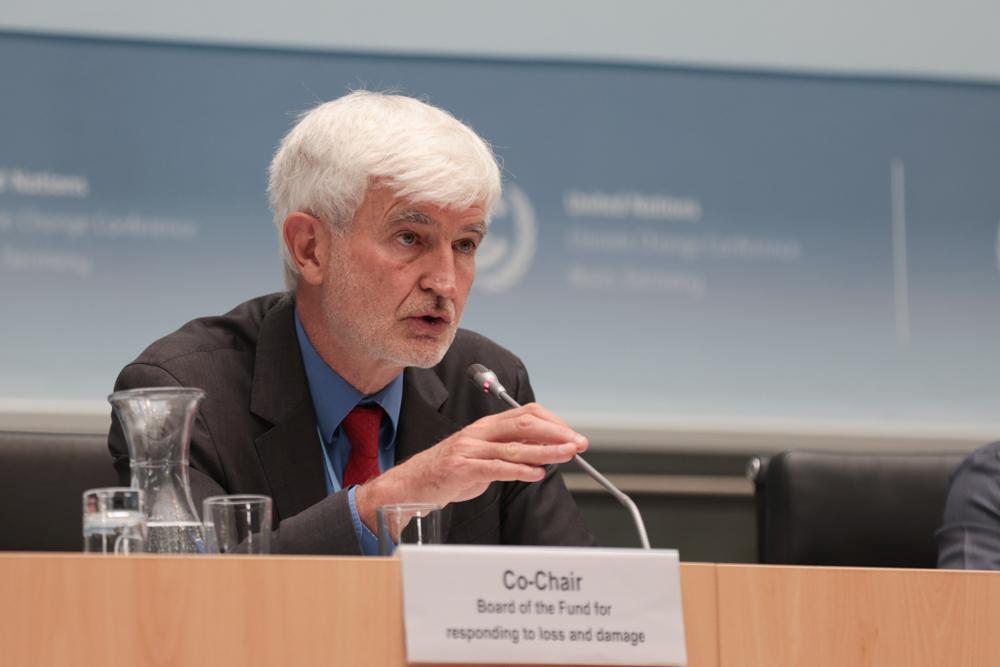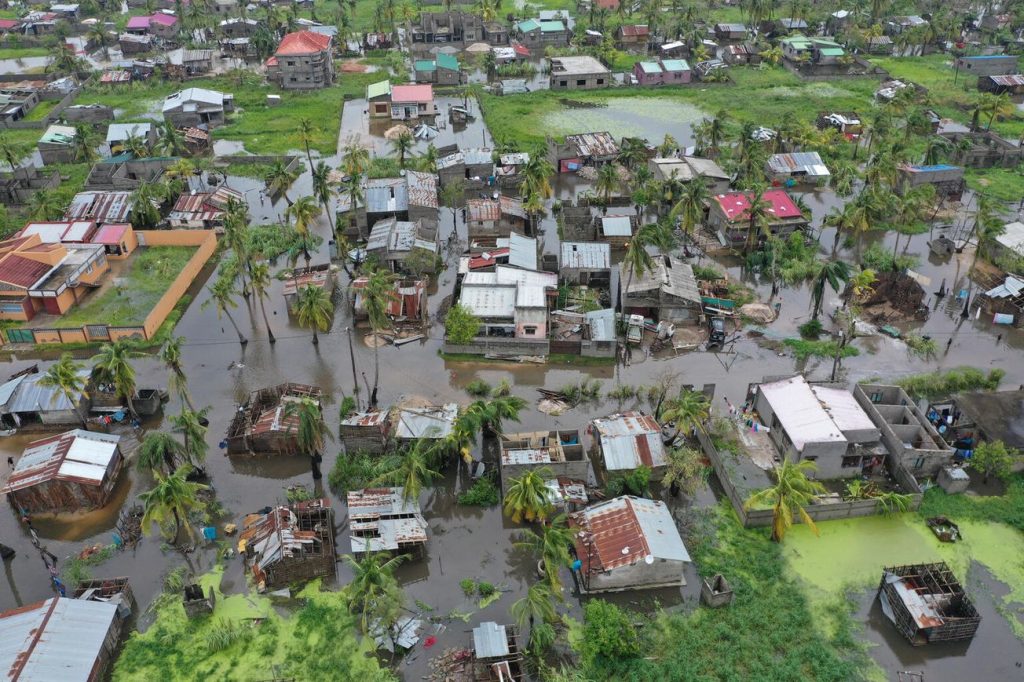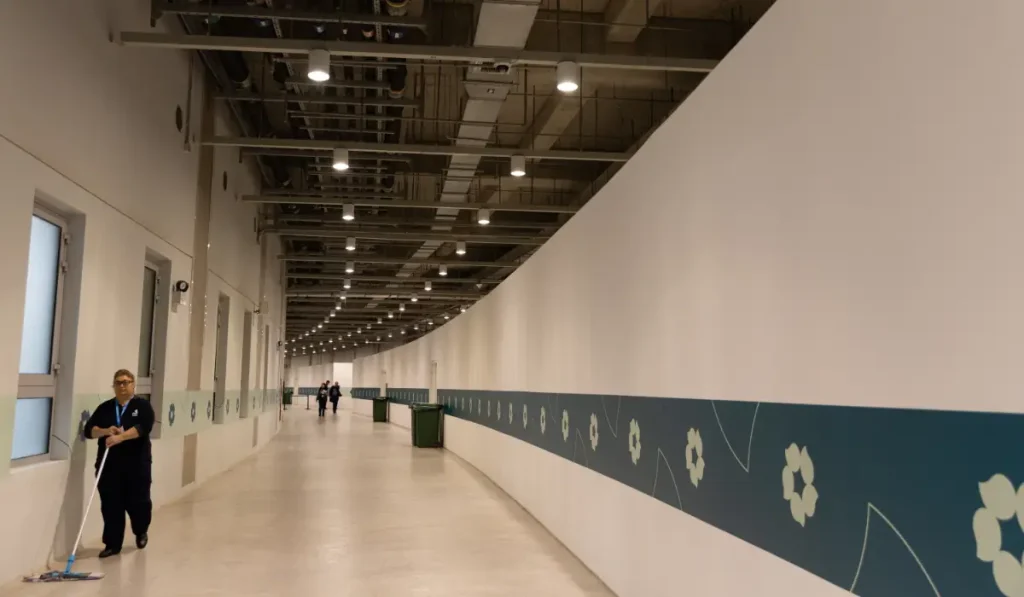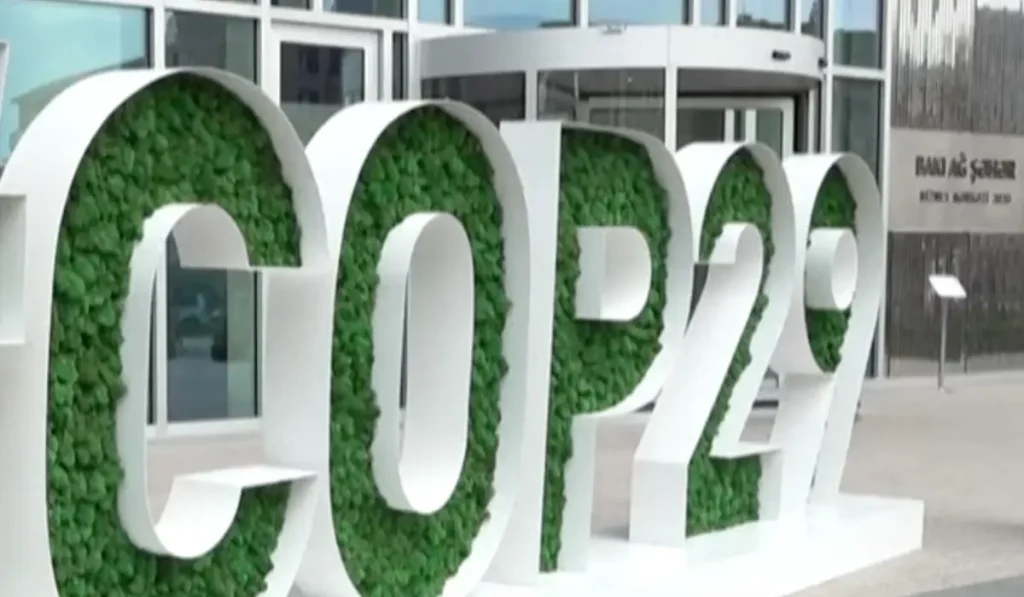At last year’s COP parties decided to set up a Loss and Damage Fund and also agreed to explore “funding arrangements” for loss and damage, an oblique reference to the use of other sources of finance. A Transitional Committee was established tasked with overseeing the details, with a tight mandate to report back to the COP at the end of this year. This body met in Bonn at the end of May this year to discuss some of the detail, and the fund was also discussed at the Second Glasgow Dialogue, in Bonn earlier this month.
There have been many failed “talkshops” and dialogues on loss and damage finance since 2018, and so this year parties have high expectations that something tangible will come out of them. Although the meetings over the last few weeks did not result in any firm decisions on the design of the fund, parties at least got to the point of putting detailed and elaborate options on the table. This is further than negotiations have ever proceeded before.
One of the first issues is where will the fund sit? Most developing countries want an entirely new entity under the UNFCCC’s financial mechanism, unencumbered by the institutional, mandate and procedural challenges that have plagued other funds, such as the Green Climate Fund (GCF). It also ensures that the Fund’s operation is bound by some of the principles that developing countries hold dear, such as equity and common but differentiated responsibilities, and governed by the COP and CMA of the UNFCCC and Paris Agreement. In relation to the latter this could mean a stronger basis for an argument that only developed countries are obliged to provide funds to it.
Developed countries, however want to avoid further fragmentation of the existing climate finance landscape, and avoid the delays that would arise from creating a new fund, and thus prefer housing it either in an existing entity under the UNFCCC, such as the GCF or outside of it. The general approach seems to be in favour of housing it within an existing entity, mostly because this would avoid delays in setup.
On resources, developing countries are aligned that finance needs to “new, additional, predictable and adequate” as well as be “grants-based”. Developing countries are aligned that it needs to fund all forms of loss and damage. It should be simple, with direct access, and country ownership, transparent governance and demand-driven. It must also address the full spectrum of economic and non-economic losses and damage.
By contrast the US has been suggesting that it be more targeted, and only fund slow onset events. New Zealand also suggested that it finance only slow onset events and non-economic loss and damage (e.g. the loss of heritage resources). This goes to the broader issue of how to ensure complementarity and coordination between current sources of finance, which only fund certain types of loss and damage, and new funding arrangements for loss and damage.
Views were also mixed on who would provide finance. Overall developed countries emphasised the need to find new, scaled up sources of funding. Switzerland for example suggested that it should come from a wide array of sources, such as innovative “polluter pays” style instruments levied at a national level, and that high emitting industries could also contribute. The EU also floated a fossil fuel levy. Senegal, by contrast, argued that the majority of the fund should come from public grant based funding to avoid exacerbating the existing debt burden of countries.
Developing countries want all developing countries to benefit from the fund, whilst countries such as Switzerland want only “highly vulnerable” nations, which they suggest would be Least Developed Countries and Small Island Developing States, to benefit.
Parties also discussed the legal aspects of the fund, such as its privileges and immunities in countries, as well as potential board structure. Some suggested it be modelled on the board approach of the World Bank’s World Bank’s Climate Investment Funds.
Africa has a considerable stake in the effective design and operationalisation of the loss and damage fund, as African countries which are amongst the most vulnerable to climate impacts. At the opening of the Second Glasgow Dialogue on Loss and Damage last week, Alpha Kaloga representing the African Group of Negotiators estimated that “the GDP of African Countries are affected by between 5 and 15% by loss and damage from climate change”.
As we work towards COP28, and mindful of the tight work schedule of the Transitional Committee, parties will need to speedily resolve their differences if we are to finalise the key elements of the fund’s design before COP28.





